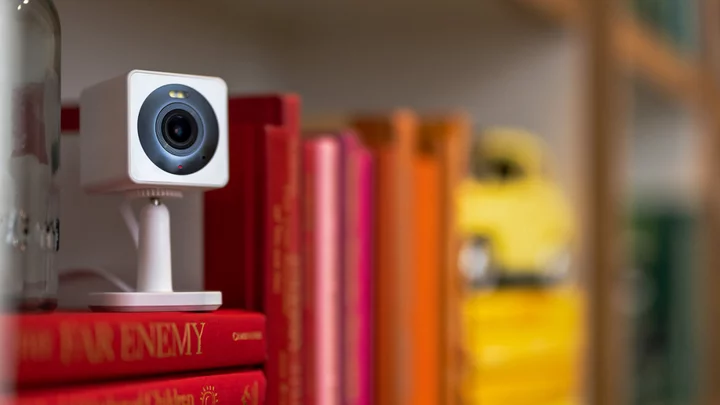One of the biggest benefits of a smart home is being able to know what's going on when you're not there. Whether you want to check in on your kids, pets, or an exotic jewel collection, a home security camera is an effective tool for monitoring everything from afar.
Although capabilities vary between devices, all indoor security cameras allow you to monitor the interior of your home through live or recorded video. Some of the features that differentiate them are alarms, the ability to send notifications when they detect activity, and two-way audio. Other cams are suitable for monitoring your baby or even double as full-on home automation hubs.
No two cameras are identical, so make sure to check out what makes each of our top picks unique and why that might work best for you. Also, keep in mind that the cameras here are designed to help you keep tabs on the inside of your house. For a look at what's going on outside, check out our picks for the best outdoor home security cameras, the best floodlight cameras, and the best video doorbells.
The best home security cameras for 2019 — Clarification PleaseHow to Pick the Best Home Security Camera
We've tested lots of home surveillance cameras over the years, so we know what's important to consider. First and foremost, you should choose a camera that's simple to set up and use. Another important quality is an attractive—yet discreet—design. It's important that the camera is unobtrusive to your design tastes and, depending on your needs, you might not want it to stand out too much, either. Device support is critical as well. Our favorite cameras allow you to check in from anywhere, such as from your phone or via a web browser.
Here are the main factors to consider when choosing a security camera:
Image Quality
Even though 1080p is generally the standard resolution for the cameras we test, higher-resolution models (the ones here top out at 2K) offer some benefits; the higher the resolution, the more you can zoom in and still see things clearly. A few home security cameras have optical zoom lenses, but the rest rely on digital zoom; the latter type crop and enlarge whatever the camera is recording.
Besides resolution, also consider the field of view. All security cameras have wide-angle lenses, but some are wider than others. Depending on the lens' field of view, these devices can cover between 105 and 360 degrees; that's a big range. If you want to watch a large area, look for a camera with the widest field of view. The ability to mechanically pan and tilt the camera is another useful feature as well.
Connectivity
Most security cameras use Wi-Fi, but not all rely on it exclusively. Some add Bluetooth for local control and easier setup through your smartphone, while others incorporate separate home automation networking standards, such as Zigbee or Z-Wave, to interact with other devices. (Matter is another standard that is slowly gaining ground.) For most cameras, all you need to do is follow instructions from an app to connect them to your network.
Once you connect your camera, you can access a live view and any recordings via your smartphone or tablet. The vast majority of home security cameras pair with a companion app that handles all the controls and settings. Some cameras offer access via a web portal too, which adds flexibility.
Many new cameras support voice commands through Amazon Alexa or Google Assistant. With Alexa, for instance, you can ask your camera to pull up a live video feed on your Echo Show. Several cameras support IFTTT as well, which lets you build integrations with other third-party devices and platforms. For instance, you can configure a smart light bulb to turn on whenever the camera detects motion.
Storage
Your camera probably relies on cloud services for storage and to provide remote access to recordings. That said, some models have a microSD card slot that allows you to save recordings locally. If you are worried about online security and don't want to pay a subscription fee to store your videos, the latter is a better option.
Not all cloud service subscriptions work the same way; the number of days' worth of recordings they keep and the number of cameras you can monitor with a single subscription often varies. Some companies offer free cloud storage but overwrite recordings typically after about a week.
Face Detection
Most security cameras send a simple notification when they detect any type of activity. Others can identify who—or what—caused the commotion. Google Nest Cam models even offer face-recognition technology that helps eliminate unnecessary alerts. They automatically zoom in on people who enter the field of view and can send alerts both when they recognize a face and when they don't. Sound detection is also a valuable feature.
What Is the Best Affordable Home Security Camera?
Many of our top-tested home security cameras cost roughly $200 and some require an additional subscription. We break down any extra fees you need to consider in our reviews. The good news is that many affordable options are now available for less than $100. Because you can't put a price on peace of mind, however, carefully consider what features you want to forgo before picking a lower-cost option.
Check out our Readers' Choice Awards to see which security cameras and brands other PCMag readers trust most. And once you find the right model, read our tips for setting it up. If a single camera won't cut it, also explore our picks for the best smart home security systems.

